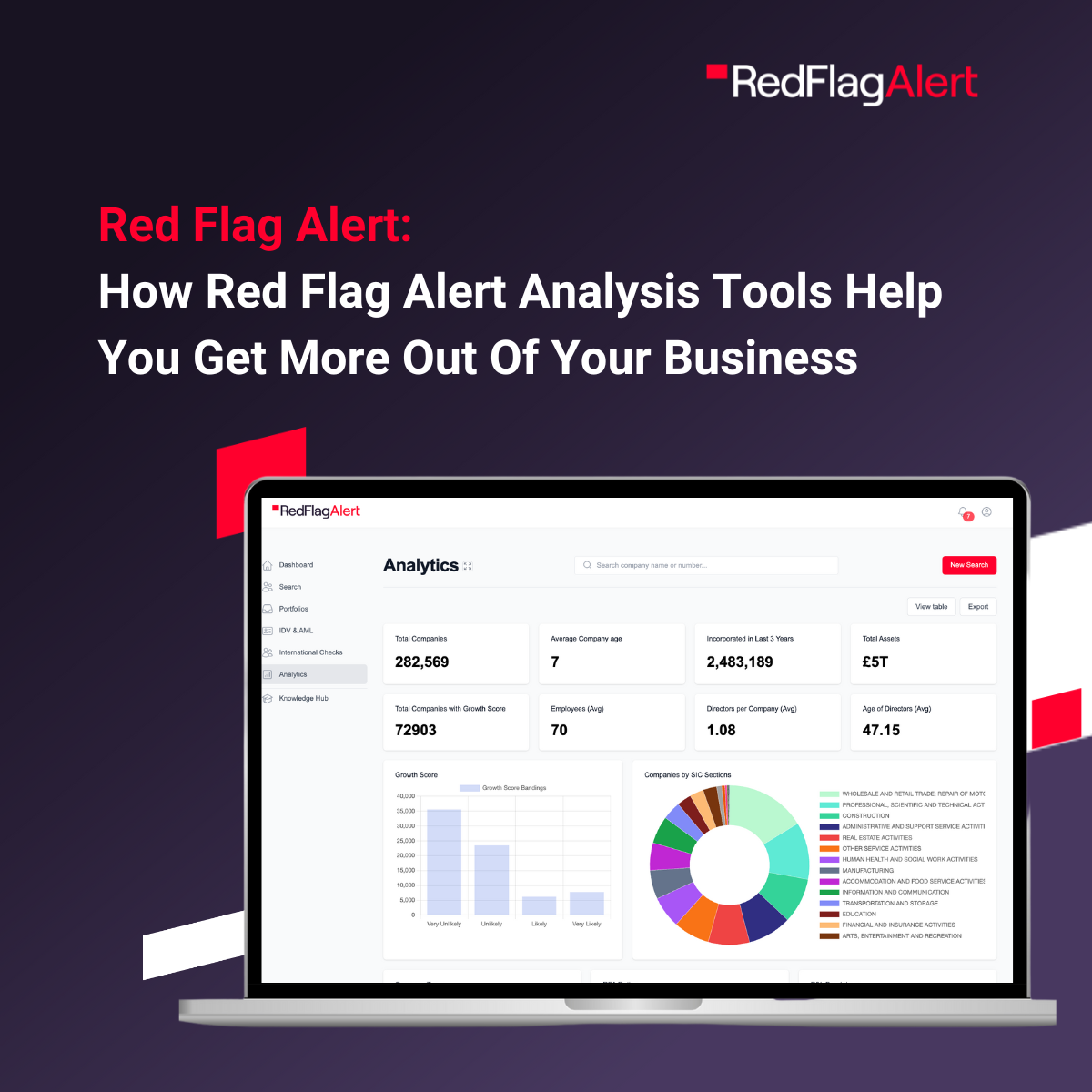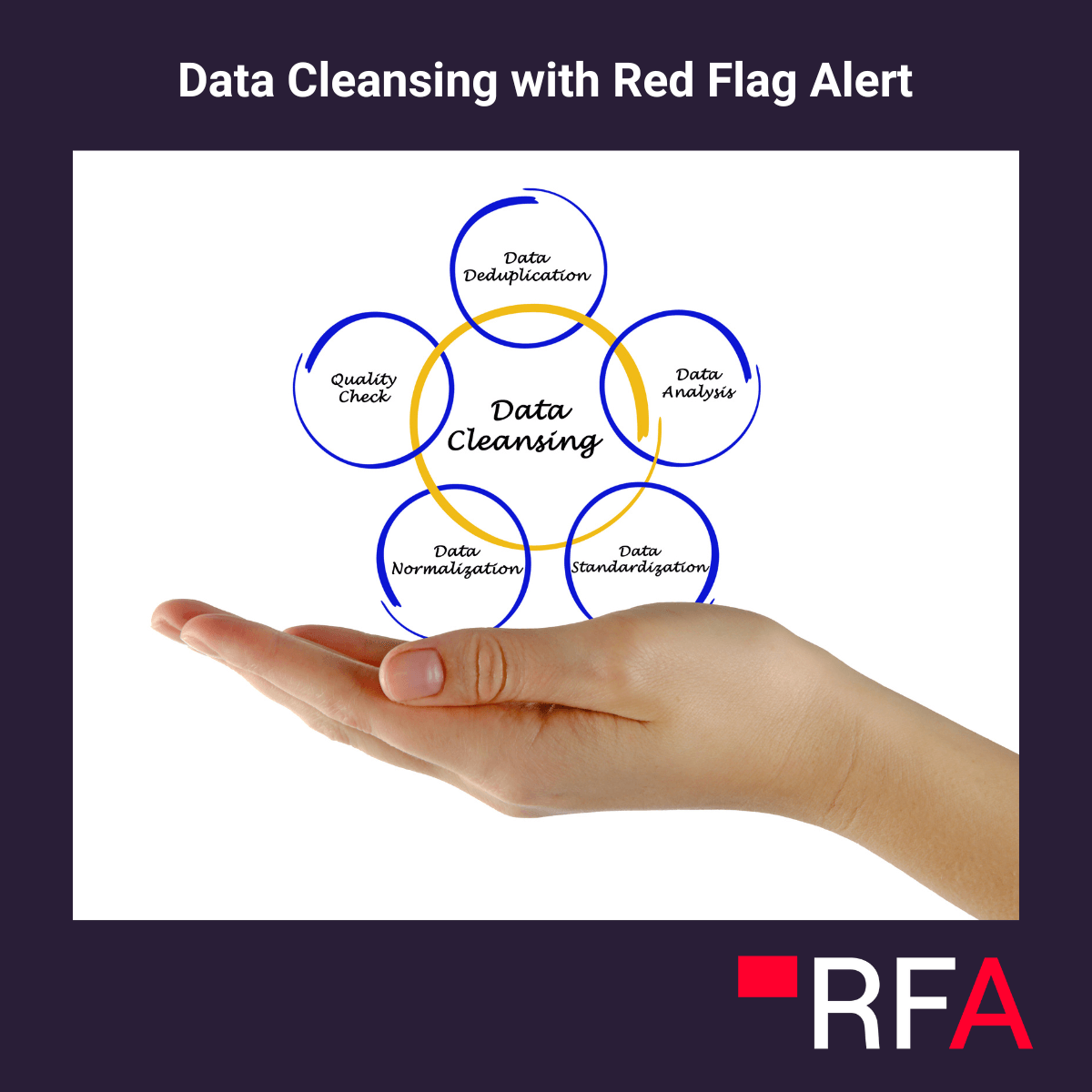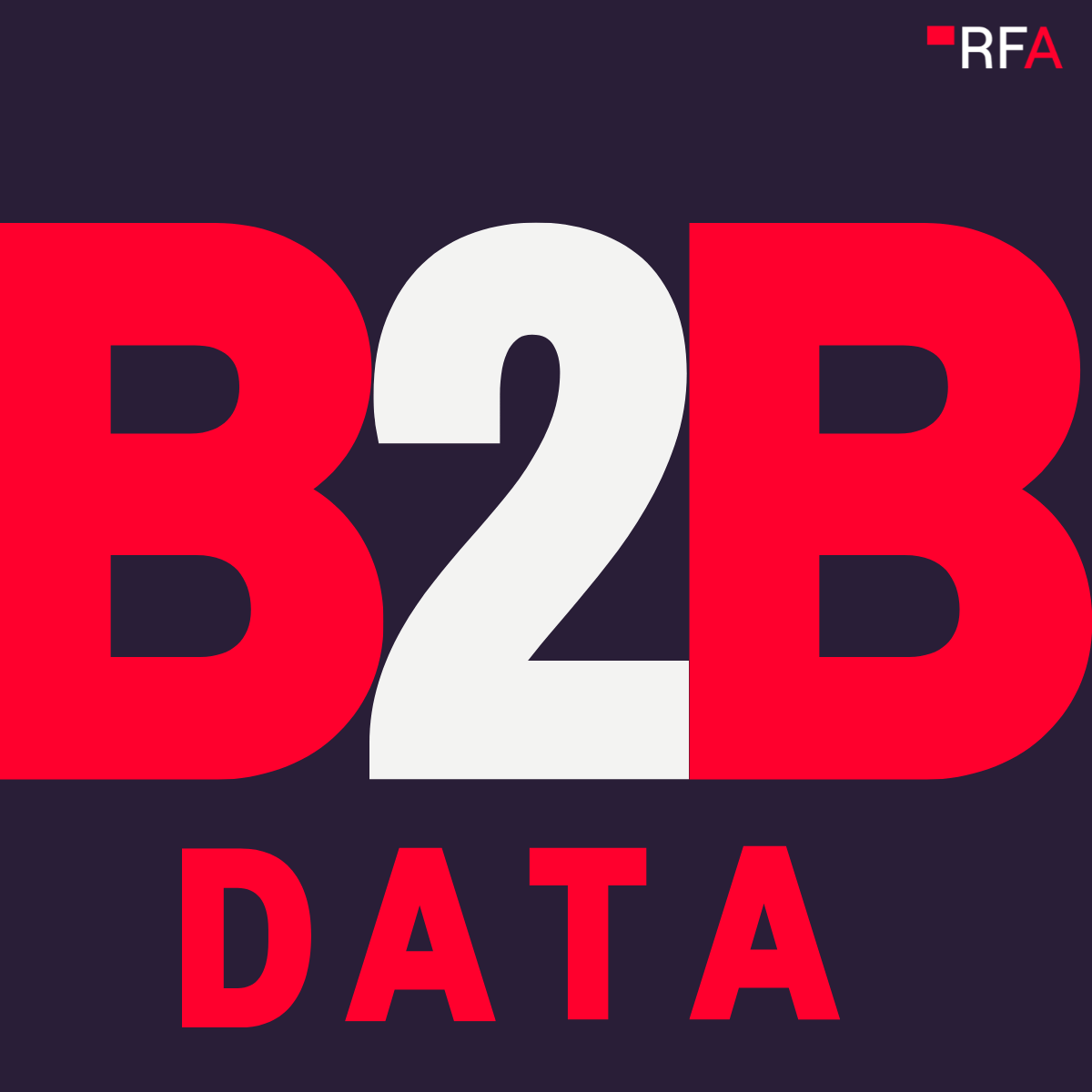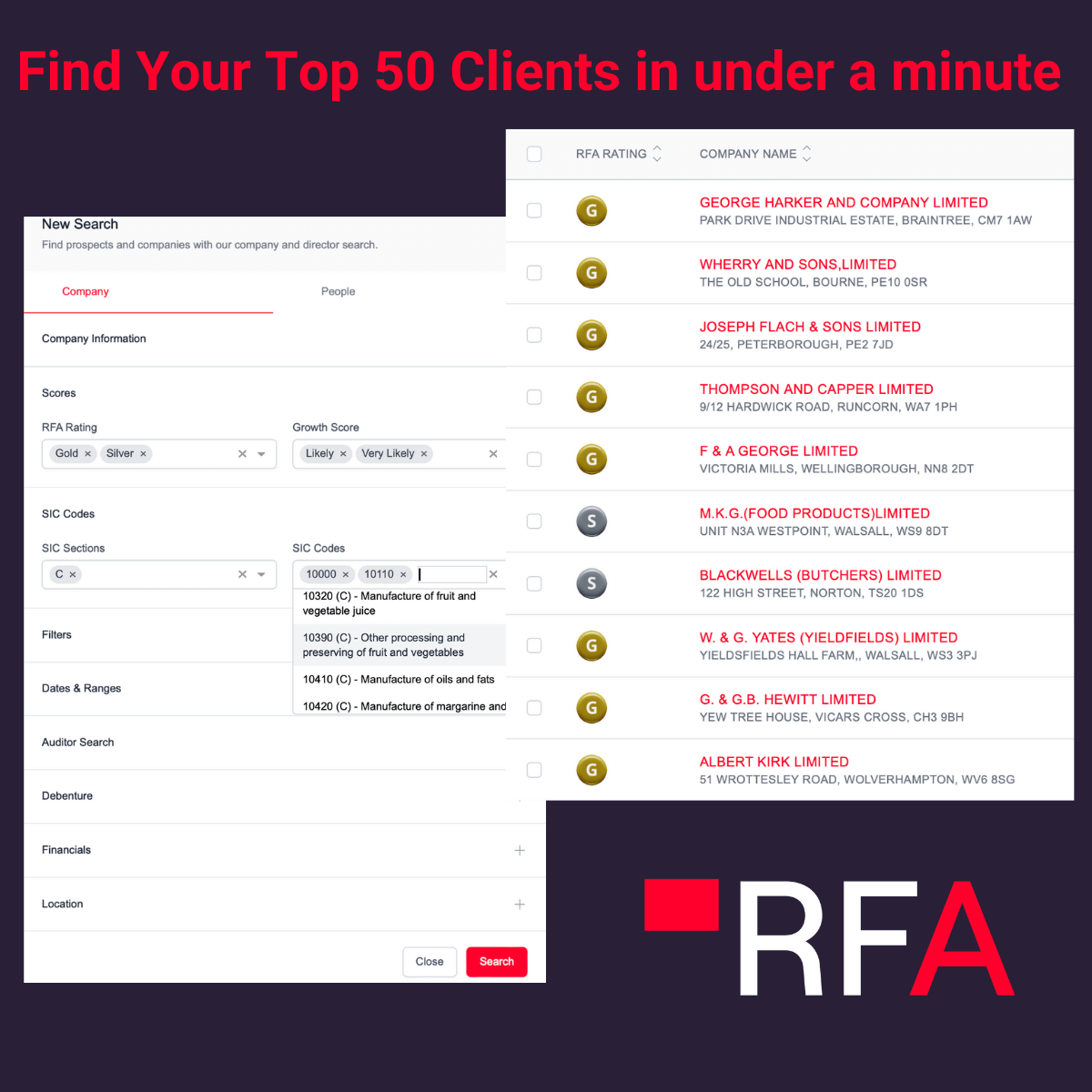In our last article, I explained how your company could gain a valuable foot in the door with enterprise clients. The key is to focus your energy on a single problem the client faces that no one else is addressing.
By starting small and building credibility with just a few individuals, you can carve a niche for your company and prove your value.
In this article, we’re going to look at the next steps: expanding the work that you do with the company and growing from being a niche supplier to becoming one of their key service partners.
I’ll explain the importance of having a growth strategy, how quickly you should expand and what you should do once you become established.
Have a Growth Strategy
So you’ve landed an enterprise client, you’re providing a small but important service, proving your value and becoming known to a few decision-makers at the business.
At this point well-structured sales teams turn their attention to retention, ensuring that the business delivers on its original promise and doesn’t lose the client due to short-term thinking or sloppy mistakes.
Some can get stuck at this stage, not wanting to risk overstretching themselves. They are constantly shoring up their precarious foothold and focusing on delivery – or even forgetting the client entirely to focus on winning more business.
However, this is also the time to start thinking about expansion plans. You don’t need to grow immediately – and you might not be able to – however, you should at least start planning for it because some companies are ripe for expansion. If you have limited resources, it’s important to distinguish which accounts are worth investing time into growing. You should consider:
1. Whether you have strong relationships in the business or if these can be cultivated.
2. If your business is well placed to deliver more services.
3. Whether the potential upside is worth the effort required to grow the account.
If you have footholds at several enterprises, you should consider prioritising them using an ABC system. Use the parameters outlined above to identify the accounts with the quickest path to the highest returns and rank these under ‘A’.
This will help you to allocate resources during busy periods and make decisions with long-term strategic aims in mind, rather than over-servicing whichever client shouts loudest.
By taking the time to make this strategic approach, you’ll find that growth comes quicker and offers higher returns than it would do if you only focused on delivery.
Start Small, Think Long Term
In our last article, we explained that patience is the key to winning an enterprise client. That’s also the case when growing these accounts.
You may spend the early years of a relationship selling small, unprofitable deals. However, you can still add value and strengthen your position. From this point, you can start to grow key accounts. Focus on a few key areas:
- Keep building relationships, making sure customers are happy, getting plenty of face-to-face time and ensuring that your solution is used efficiently.
- Start looking at other areas or departments at the same level; can you use your solution as a template and sell the same solution across different business functions?
- Over time you will begin to gain credibility in wider circles; from this secure position you can switch your mindset and start taking steps to make higher-value, longer-term deals.
Once you begin to get noticed by the C-Suite at head office, this is when the really big opportunities come along.
Integration Nirvana
Integration should be the aim of your growth strategy: to reach a point where your product or
service is relied upon as part of the enterprise’s everyday operations.
This could include your hardware being used to power the company’s core network, winning a multi-year full-service agreement or even – as with Red Flag Alert – having your system integrated with the company’s CRM.
Once you reach this level, your approach needs to change again. You’ll need to empower client managers and staff, giving them the training and tools to make the best use of your solution.
By helping them to look good and do their jobs better, they become champions for your service. This means that changing suppliers will be difficult and puts you in a strong negotiating position.
All the while you should be continuing to make new contacts, finding new ways to add value and looking for new opportunities that suit your solution. These three actions should be ongoing, no matter how mature your relationship with the client company, because by now you are no longer the challenger – you’re the incumbent.
Case Study: The Challenger Bank
As an example of this process, at Red Flag Alert we recently started working with a 100-year-old challenger bank.
Rather than trying to crack head office, we approached one of their regional branches as it was easier to make contact with decision-makers there.
The niche solution we offered to them was helping the bank gain a high-quality list of sales prospects for asset finance products. We could help sales teams access a real-time list of companies that have the perfect mix of assets and financial health to require their products.
Alongside this, our creditor services monitoring ensures that the bank is made aware of any customers that may struggle to maintain payments.
It wasn’t long before asset finance sales in the region began to grow significantly and this got the attention of head office, who wanted to know why one of their branches was performing so well.
From here we were able to roll out the solution to other sales teams across the business – increasing the account size and our profile. All of the bank’s branches now use Red Flag Alert and our alerts have been integrated with the company’s CRM, giving us a significant foothold.
With our offering to the asset finance sales team maximised, we’re now building our power base in the company and looking at many other potential use cases.
Long-Term Gains, Short-Term Pain
Enterprise clients offer massive potential for growth. However, you must strike the right balance of adding value, delivering an excellent service, and capitalising on the most immediate opportunities.
Patience is critical, and those companies that are willing to invest in building strong relationships and developing credibility among enterprise clients will find that the long-term gains outweigh the short-term pain.
Discover how Red Flag Alert’s experienced team can help you mitigate risk and protect your business. Why not get a free trial today and see how Red Flag Alert can help your business?




